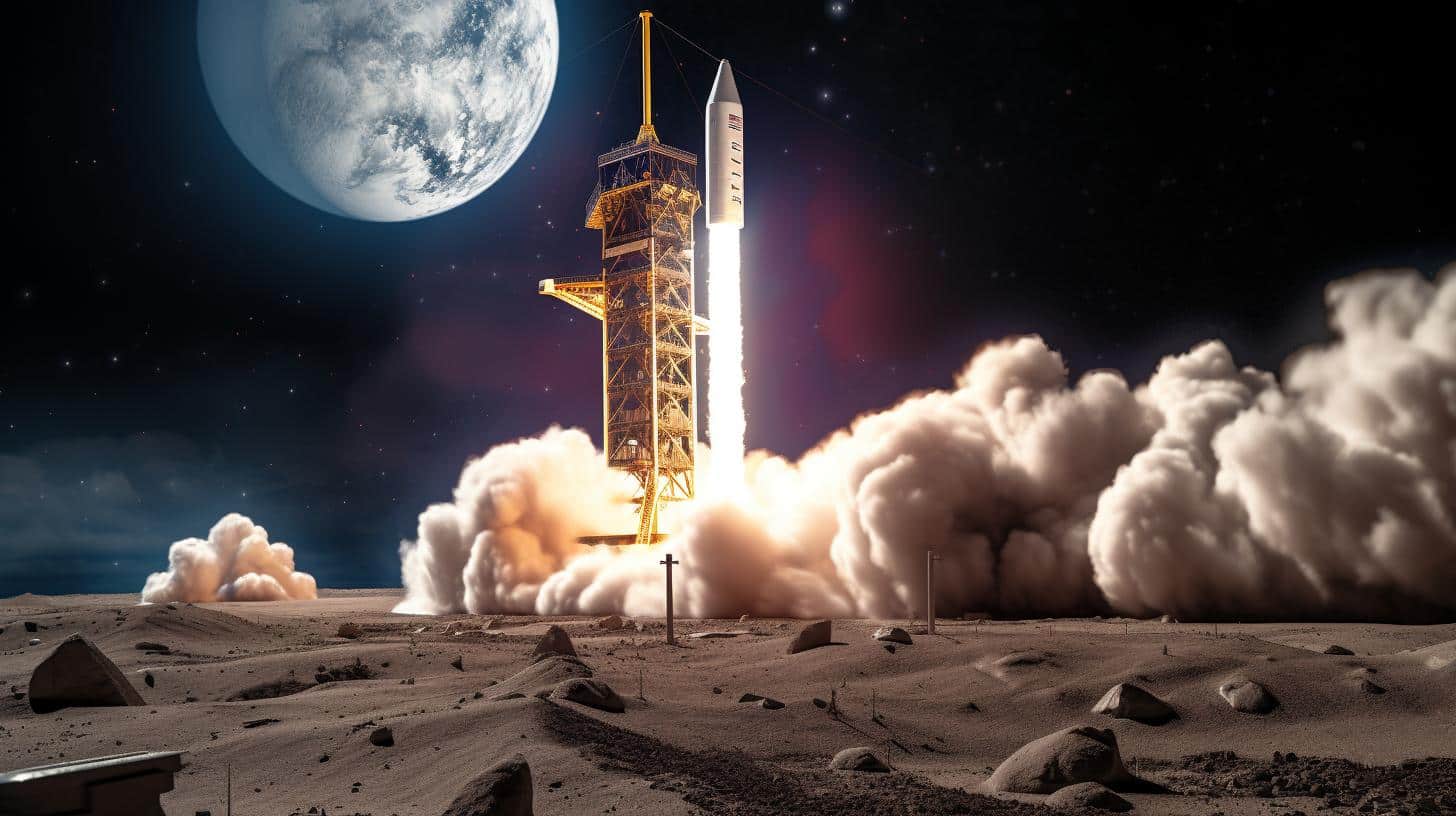Bitcoin Mining Difficulty at Historic Highs
Bitcoin mining difficulty has reached unprecedented levels, surging more than 100% in 2023. This development underscores the increasing competition among miners to solve complex mathematical puzzles and earn new bitcoins as a reward. The surge in computing power has allowed the network to process transactions more efficiently and securely. However, it has also raised concerns about the sustainability of the current mining ecosystem.
CoinShares Predicts Miner Exodus After Halving
As Bitcoin approaches its next halving event, experts at CoinShares are predicting a potential “miner exodus” in the industry. The halving, which occurs roughly every four years, reduces the number of new bitcoins rewarded to miners by half. It is widely anticipated that this reduction in rewards will lead to a significant drop in the profitability of mining. With the current difficulty levels and cost structures in place, many miners may find it unprofitable to continue their operations, resulting in a mass exodus from the industry.
Average Cost of Production per Coin Set to Normalize at $38,000
CoinShares also projects that the average cost of producing a single bitcoin will normalize at around $38,000 post-halving. This estimate takes into account the intricate interplay between hardware and electricity costs, mining difficulty, and overall cost structures. The normalization of production costs will largely depend on the balance between electricity expenses and the efficiency of mining hardware. Achieving a sustainable cost level is crucial for miners to remain profitable and continue their operations in the face of increasing competition and fluctuating bitcoin prices.
Interplay of Costs Influences Mining Activity
The interplay between costs is a vital determinant of mining activity. Mining bitcoin requires substantial energy consumption, which translates into significant electricity expenses. Miners strive to strike a balance between the cost of electricity and the amount of computational power needed to solve the increasingly complex mathematical puzzles, as determined by the mining difficulty. This delicate balance is the key to ensuring profitability and sustainability in the mining industry.
Complex Factors Determining Number of Miners on the Network
The number of miners on the bitcoin network is influenced by a multitude of complex factors. Profitability plays a crucial role in attracting or discouraging miners from participating in the network. When mining becomes less profitable due to factors like rising difficulty levels and decreasing block rewards, some miners may choose to exit the industry. Conversely, when mining becomes more profitable, either through higher bitcoin prices or lower costs, the number of miners on the network may increase. The overall health and security of the network depend on finding an equilibrium between mining activity and the resulting rewards. Balancing these factors will be key to maintaining a sustainable and decentralized mining ecosystem.
Analyst comment
– Bitcoin Mining Difficulty at Historic Highs: Neutral news. The surge in mining difficulty reflects increasing competition among miners, improving transaction processing efficiency and security, but also raises concerns about sustainability of the mining ecosystem.
– CoinShares Predicts Miner Exodus After Halving: Negative news. The upcoming halving event is anticipated to significantly reduce the profitability of mining, leading to a potential mass exodus of miners from the industry.
– Average Cost of Production per Coin Set to Normalize at $38,000: Neutral news. CoinShares projects that post-halving, the average cost of producing a bitcoin will stabilize at around $38,000, depending on electricity expenses and mining hardware efficiency.
– Interplay of Costs Influences Mining Activity: Neutral news. The delicate balance between electricity costs and computational power determines mining profitability and sustainability.
– Complex Factors Determining Number of Miners on the Network: Neutral news. The number of miners on the bitcoin network is influenced by various factors, including profitability, rising difficulty levels, block rewards, and bitcoin prices. Finding an equilibrium between mining activity and rewards is crucial for a sustainable and decentralized mining ecosystem.
Short analysis: Mining difficulty reaching historic highs indicates increased competition, improving transaction processing. However, the upcoming halving event may lead to a miner exodus, impacting profitability. Average production cost may normalize post-halving. Finding a balance between costs, rewards, and network security is crucial for the mining industry’s sustainability.













